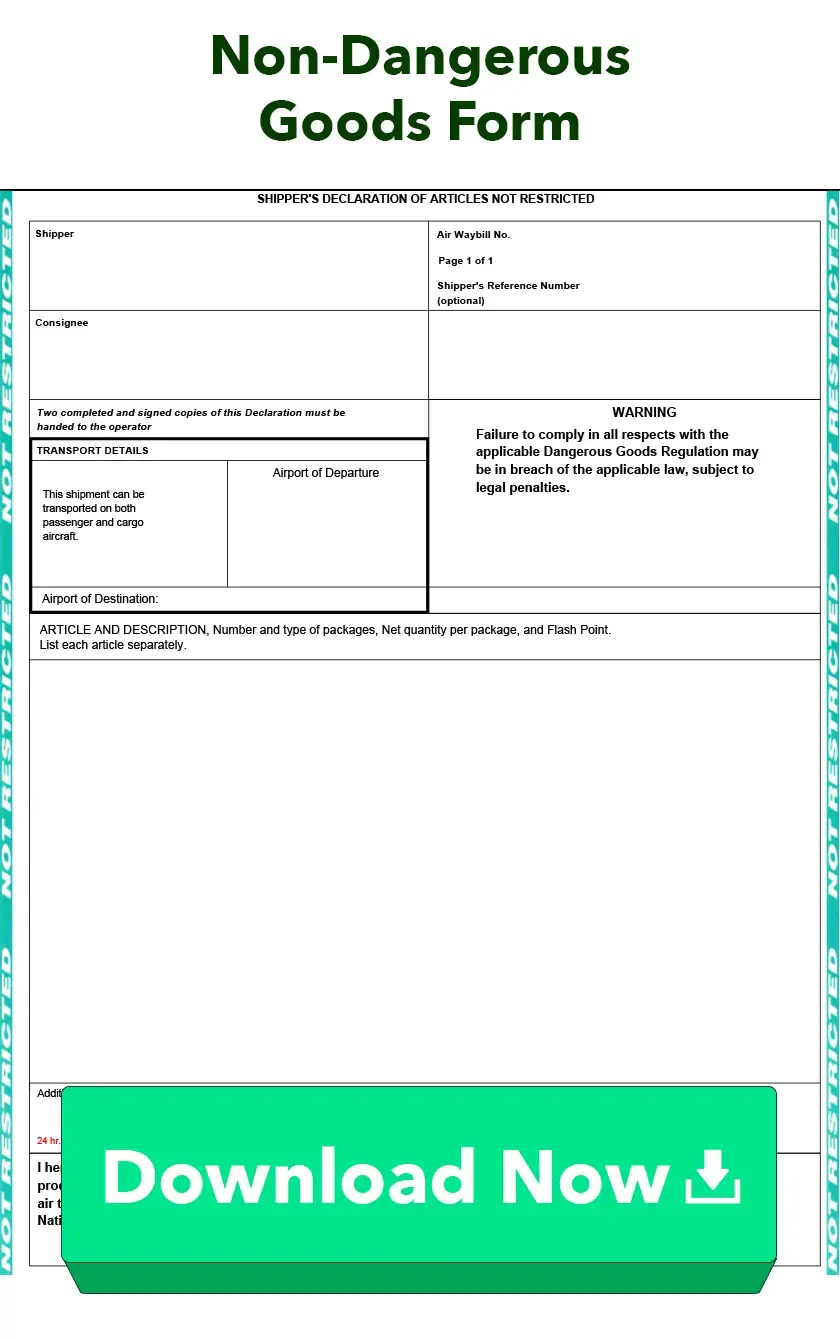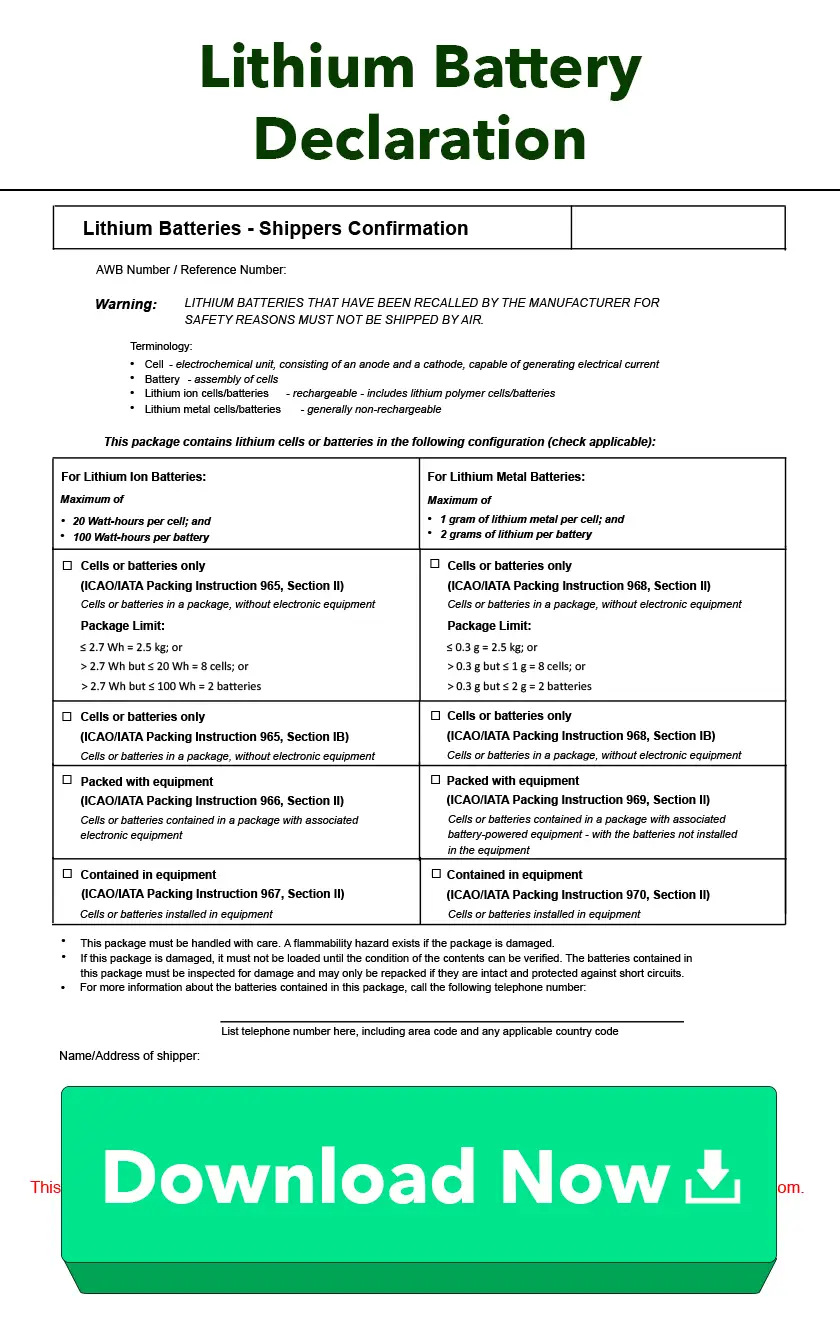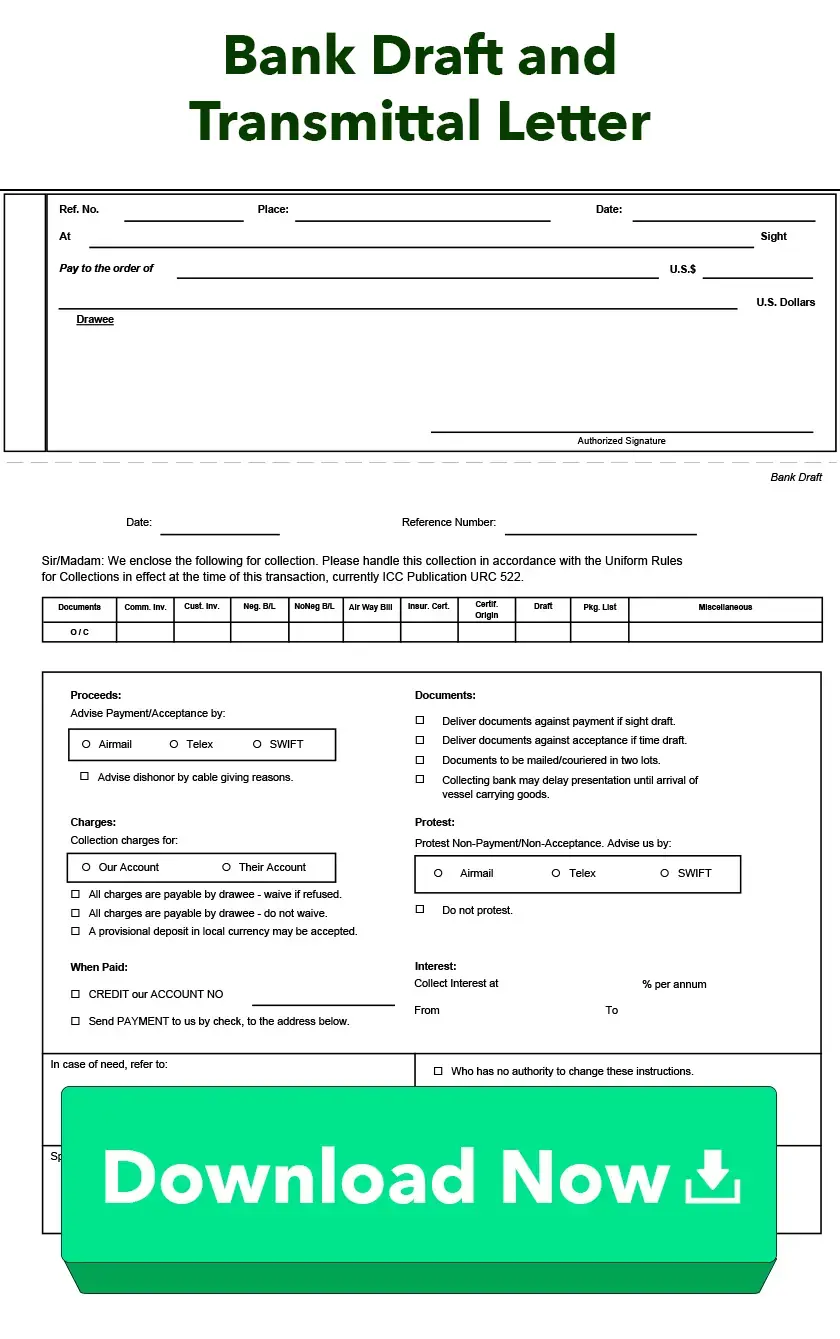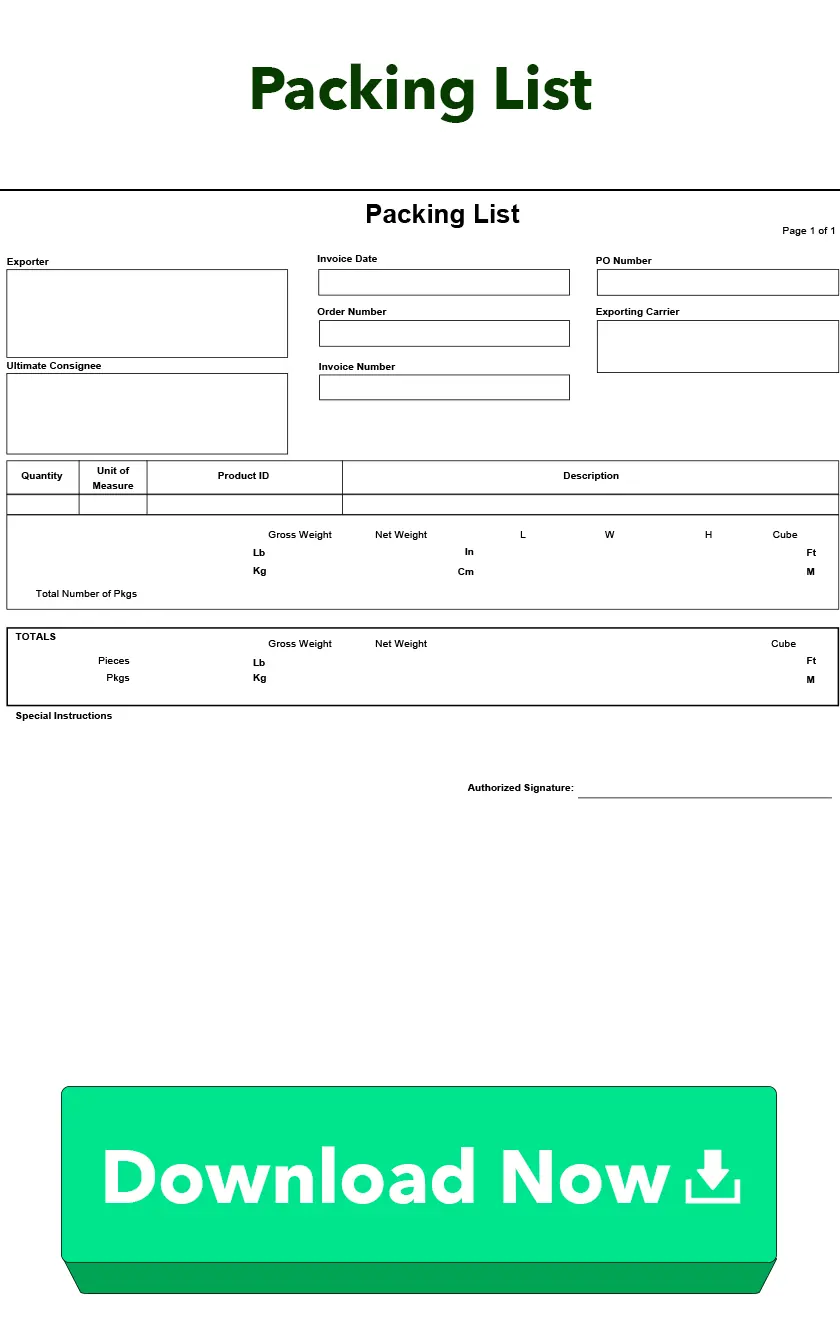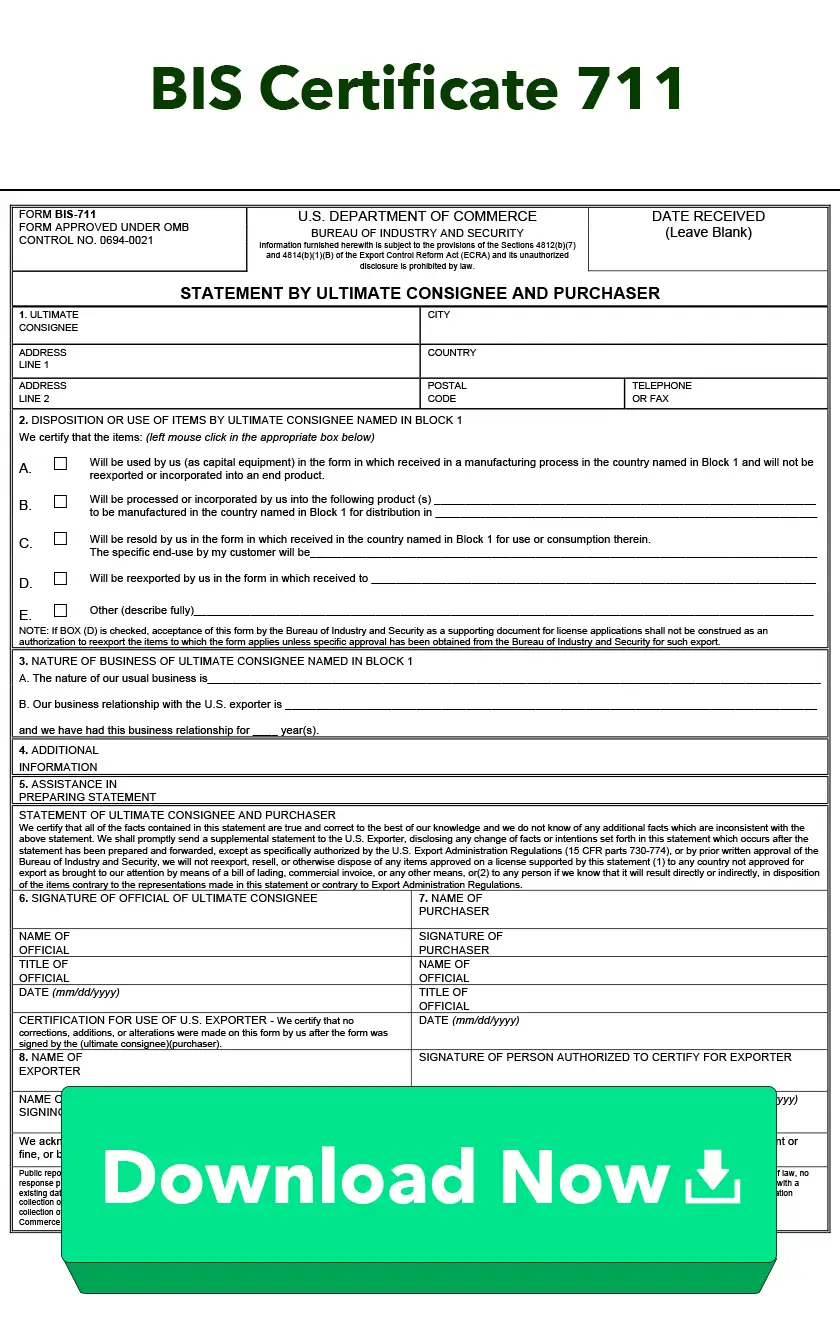Free Download:
Air Waybill
Download and print this PDF of the Air Waybill form.
What is an Air Waybill?
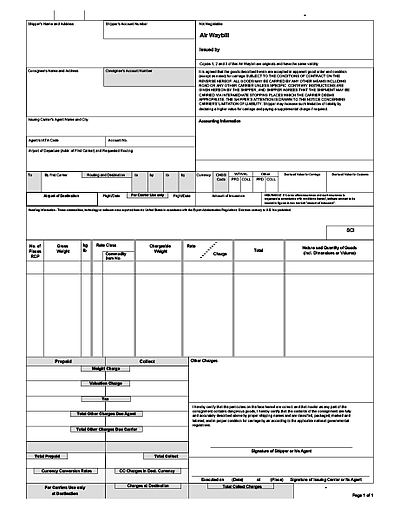
The air waybill is the equivalent of the ocean bill of lading but for air transport. However, the air waybill cannot be negotiable; they may never be consigned “to order of shipper.”
An air waybill is the document that controls the routing of the exporter’s cargo while it is in the hands of the air carrier or a consolidator.
As an exporter, correctly filling out a bill of lading is important if you want to get paid on time. Why? Because it determines the shipment date, and payment date is often associated with shipment date. Financing, too, is often associated with shipment date, as banks often refer to pre-shipment financing or post-shipment financing. Plus, more than 10,000 shipping containers are lost annually. Without a correctly completed bill of lading, that could mean a major headache trying to get compensated for your loss.
Create Accurate Export Forms
Reduce the time it takes to complete the air waybill by up to 80%. Shipping Solutions export documentation software makes it easy to create more than two dozen standard export forms. Register now for a free demo. There's absolutely no obligation.
Air Waybill FAQs
-
What is an air waybill used for?
An air waybill (AWB) is a shipping document used in the air freight industry. It serves as a contract of carriage between the shipper and the airline and as a receipt of the goods being transported.
-
Where do I get an air waybill?
Air waybills are typically provided by the airline or the freight forwarder handling the shipment. If you are shipping goods through an airline, you can obtain an air waybill from their cargo office or through their online booking system. Freight forwarders also provide air waybills as part of their services.
-
Who fills out an air waybill?
The shipper or their authorized representative is responsible for filling out the air waybill. This includes providing accurate information about the shipment, such as the shipper's and consignee's details, the description of the goods, the number of packages, the weight and any special handling instructions. The shipper should ensure the air waybill is completed correctly and signed before handing it over to the airline or the freight forwarder.
-
What are the requirements for an air waybill?
The specific requirements for an air waybill may vary depending on the airline or country regulations. However, some common requirements include:
- Complete and accurate shipper and consignee information, including addresses and contact details.
- Description of the goods, including the nature of the items, their quantity, weight and dimensions.
- The declared value of the goods for customs and insurance purposes.
- Any special instructions or handling requirements for the shipment.
- Signatures of the shipper and/or their authorized representative.
It is important to check with the airline or freight forwarder to ensure compliance with any additional requirements or specific documentation procedures they may have in place.
Download Now
Today is your lucky day. Shipping Solutions® makes completing export forms simple, accurate and five-times faster than the tedious way you’re doing it now.
Get it done easily.
Eliminate the hassle of manually completing your export forms. Our EZ Start Screen helps you automatically complete more than a dozen export forms.
Get it done fast.
With Shipping Solutions automation, you can complete your export documents up to five-times faster than your traditional manual process.
Get it done right.
Instead of entering the same information over and over again, you enter information in only one place. That makes you less likely to make costly mistakes.
Export Form Templates
Popular
Our most frequently requested export forms.
U.S. Certificates of Origin
Learn More About U.S. Certificates of OriginThese forms certify the origin of the goods, which may determine the amount of duty to be paid.
Bills of Lading
Learn More About Bills of LadingA bill of lading is a contract of carriage, a receipt from the carrier, and may be a document of title.
Shipper's Letter of Instruction (SLI)
Learn More About Shipper's Letter of Instruction (SLI)The Shipper's Letter of Instruction (SLI) conveys instructions from the exporter to the carrier or forwarder.
Invoices
Learn More About InvoicesInvoices are one of the most important export documents describing everything included in the shipment and its cost.
Dangerous Goods Forms
Learn More About Dangerous Goods FormsDangerous Goods (DG) forms are required for transporting dangerous or hazardous items.
Other
Additional forms required for exporting.

-23_101024.webp)
-26_101024.webp)
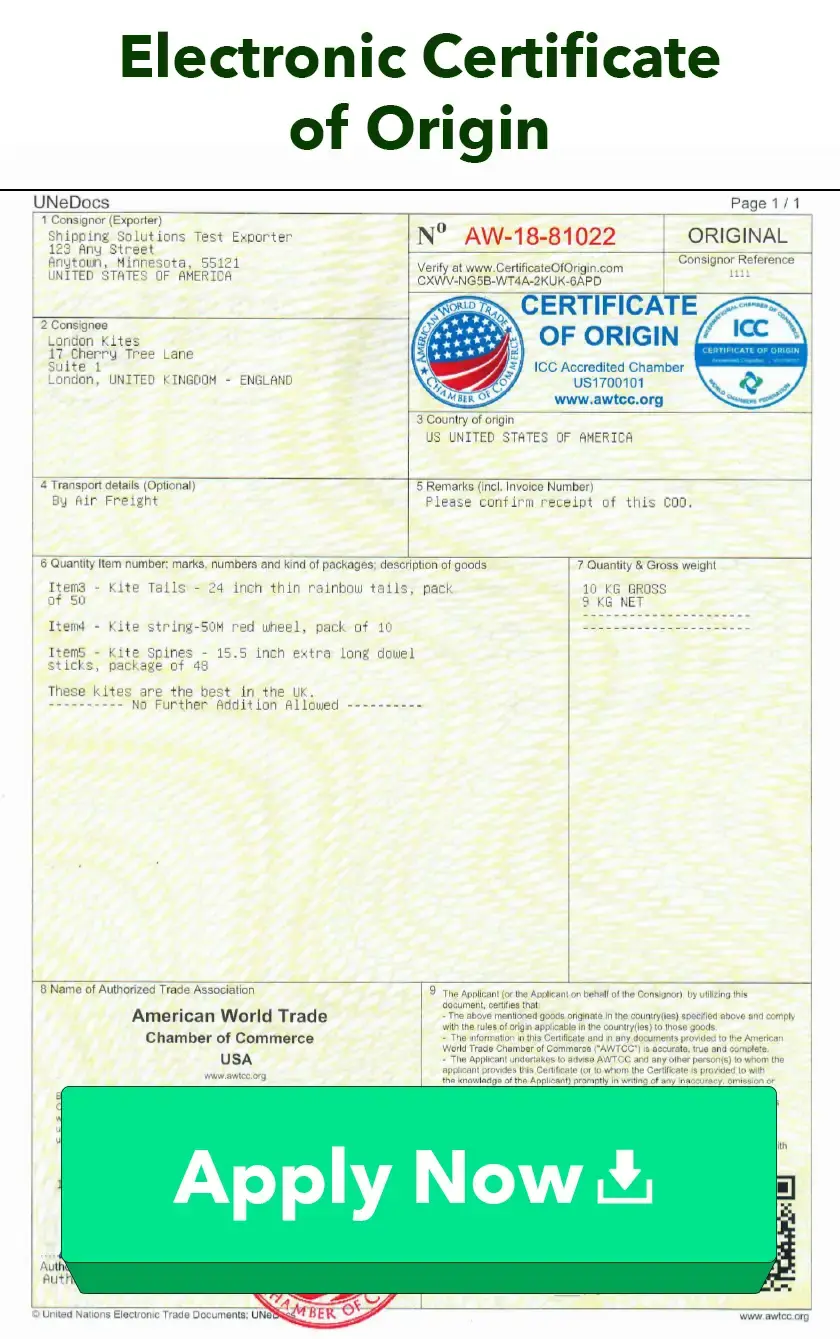
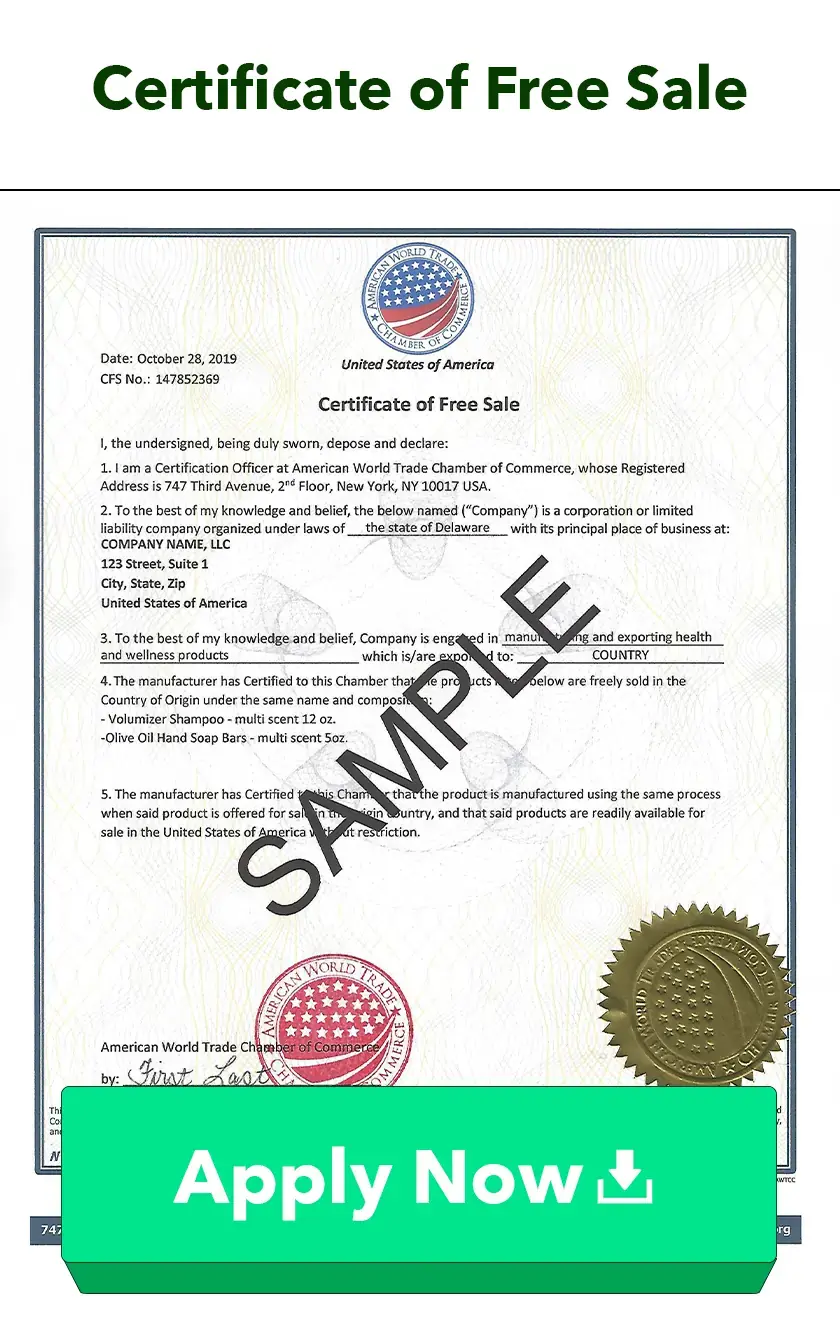
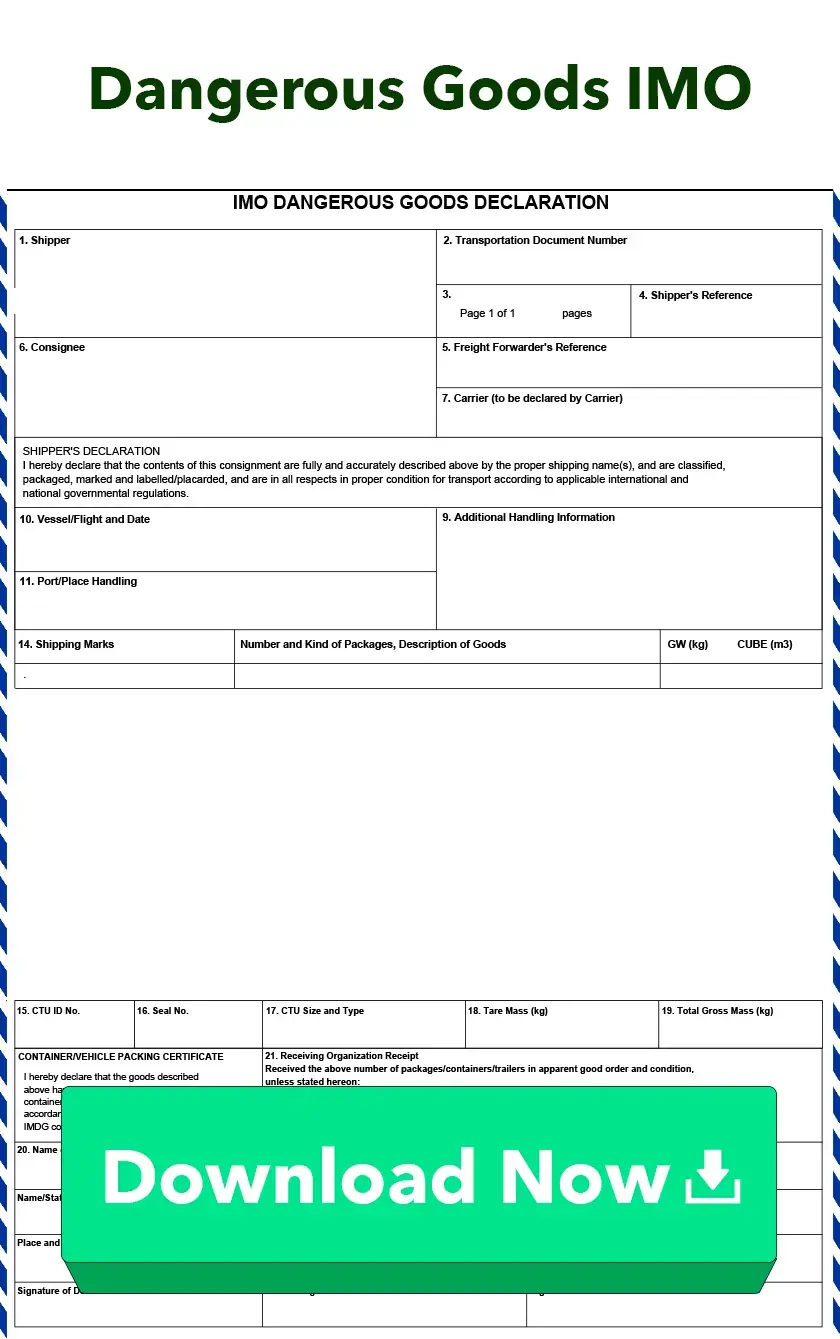
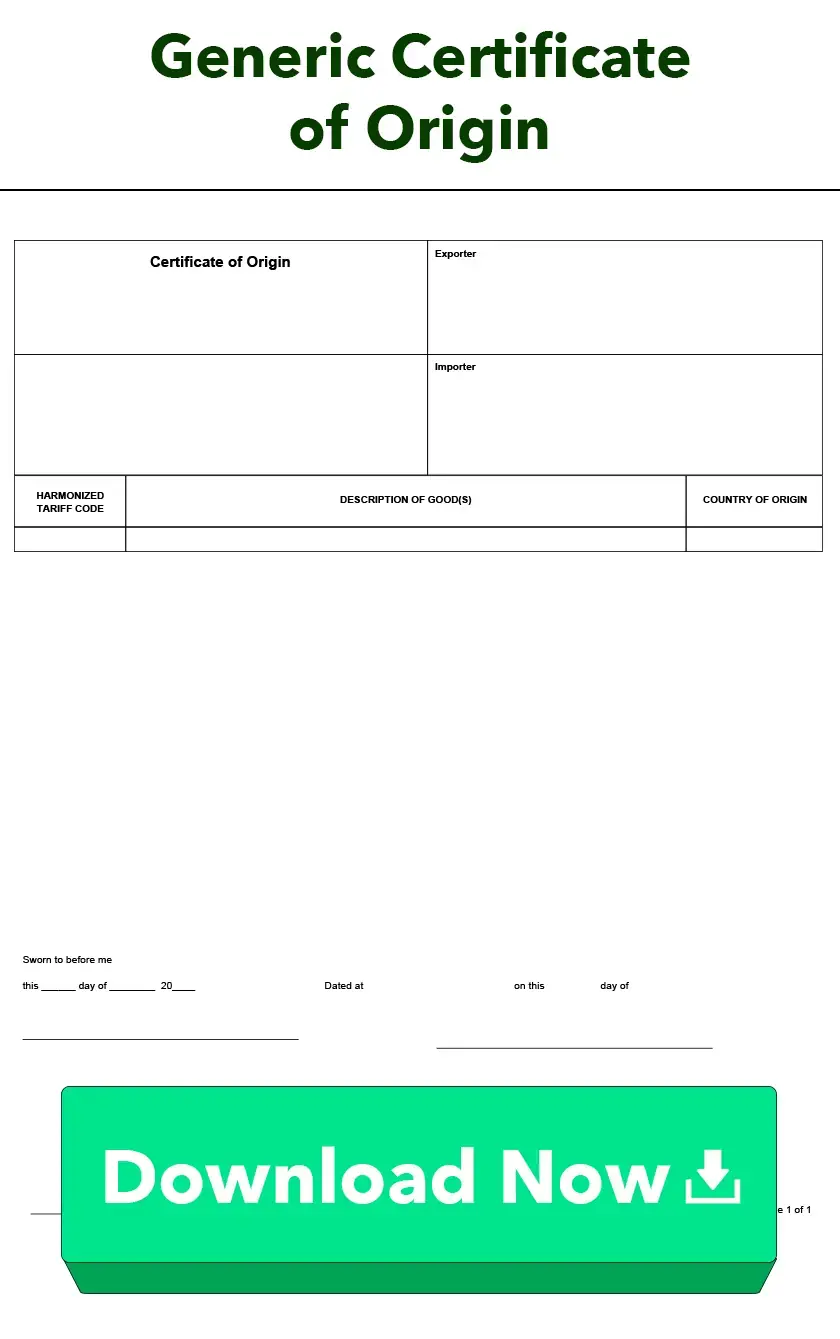
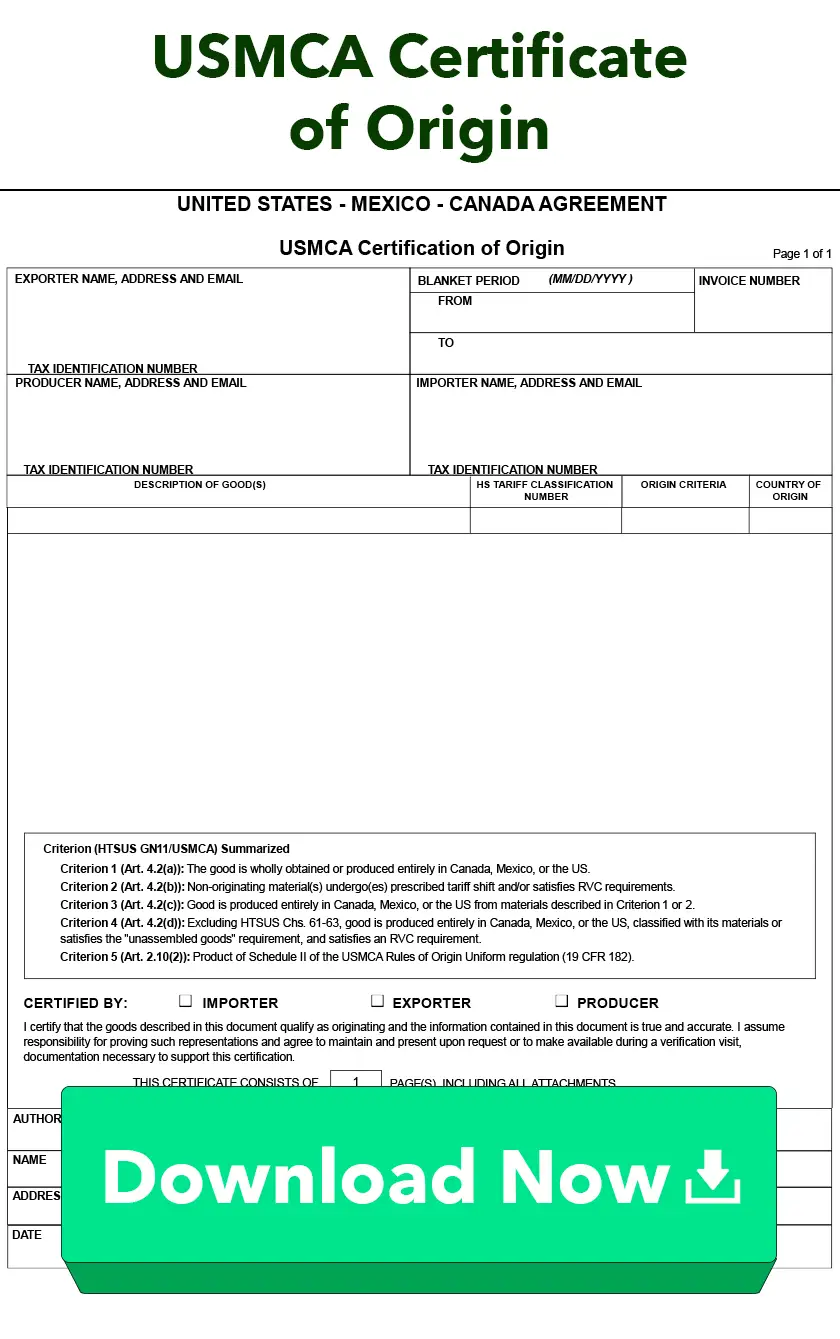
-13_101024.webp)
-14_101024.webp)

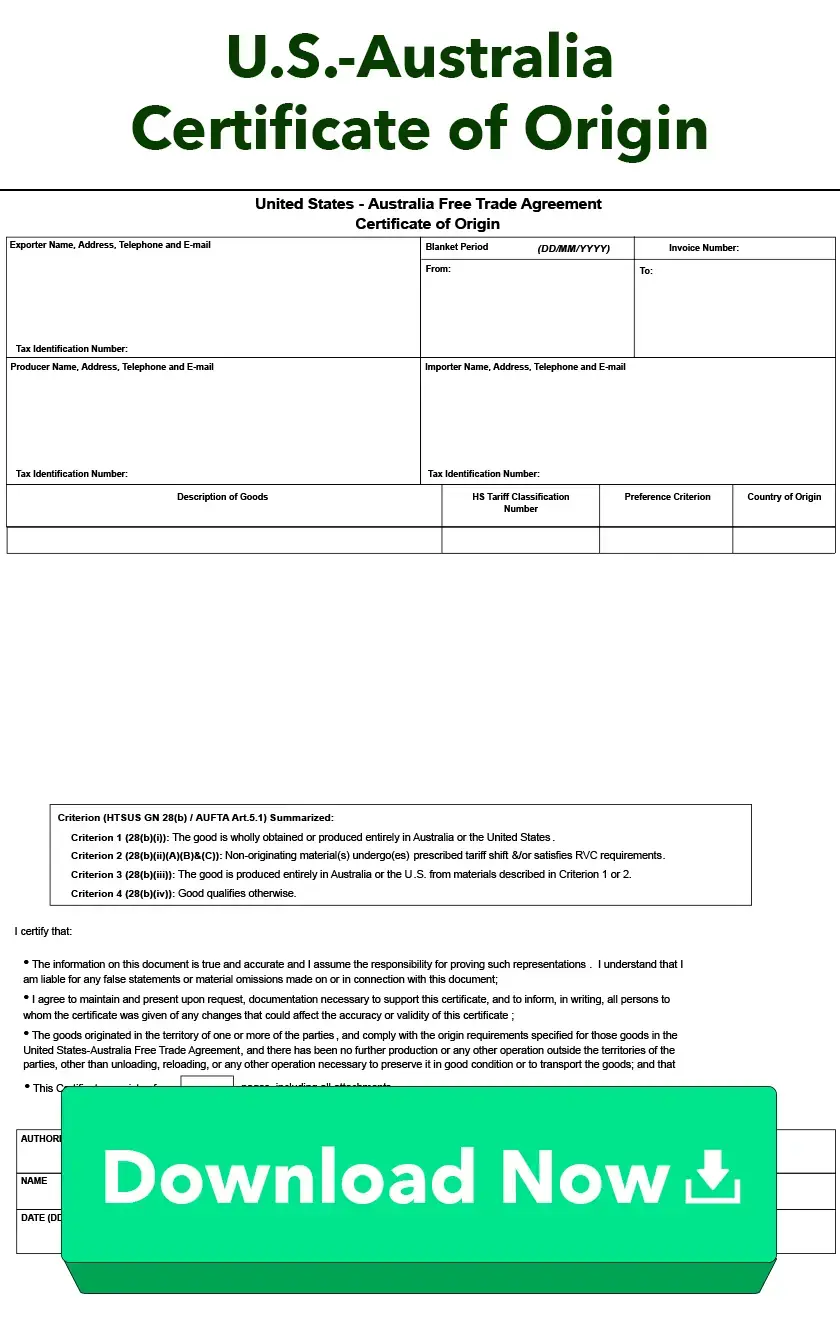
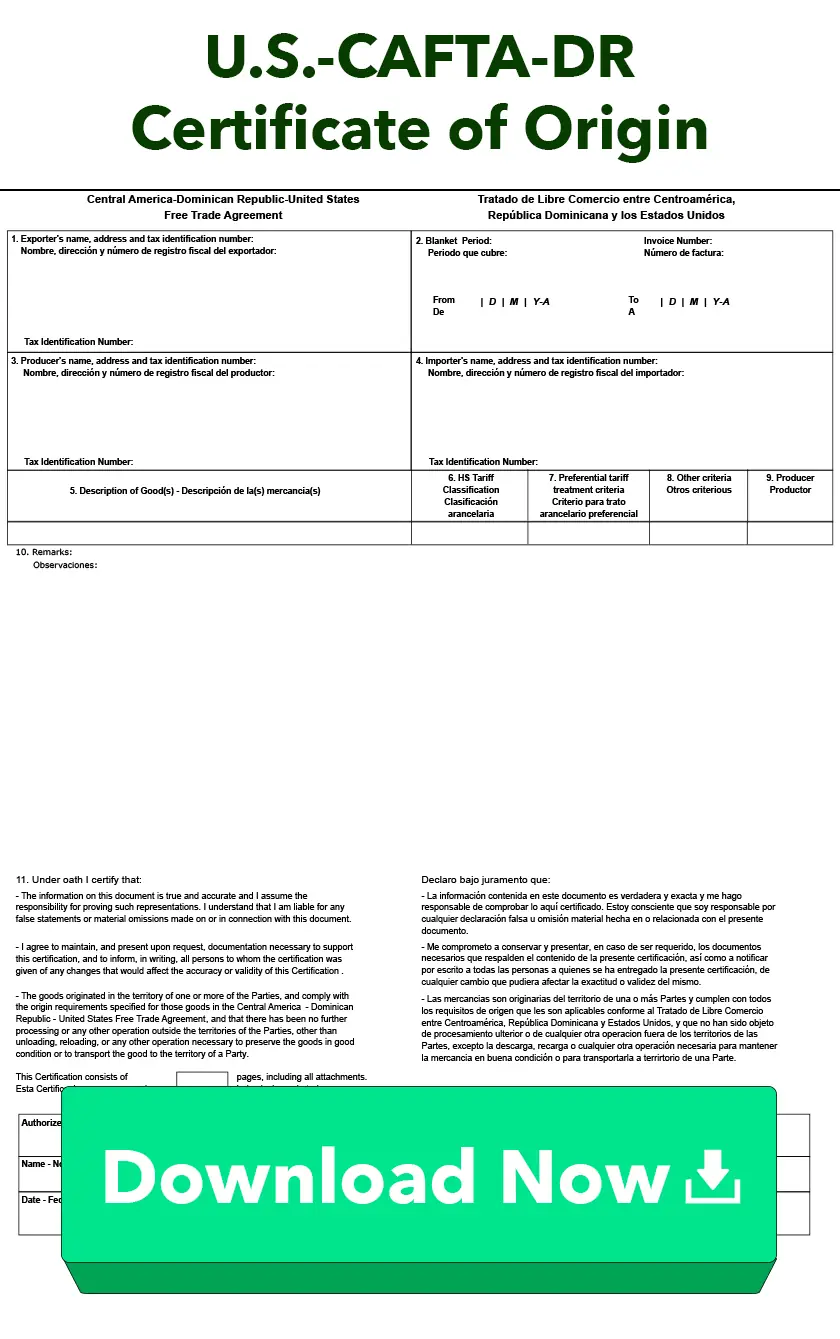
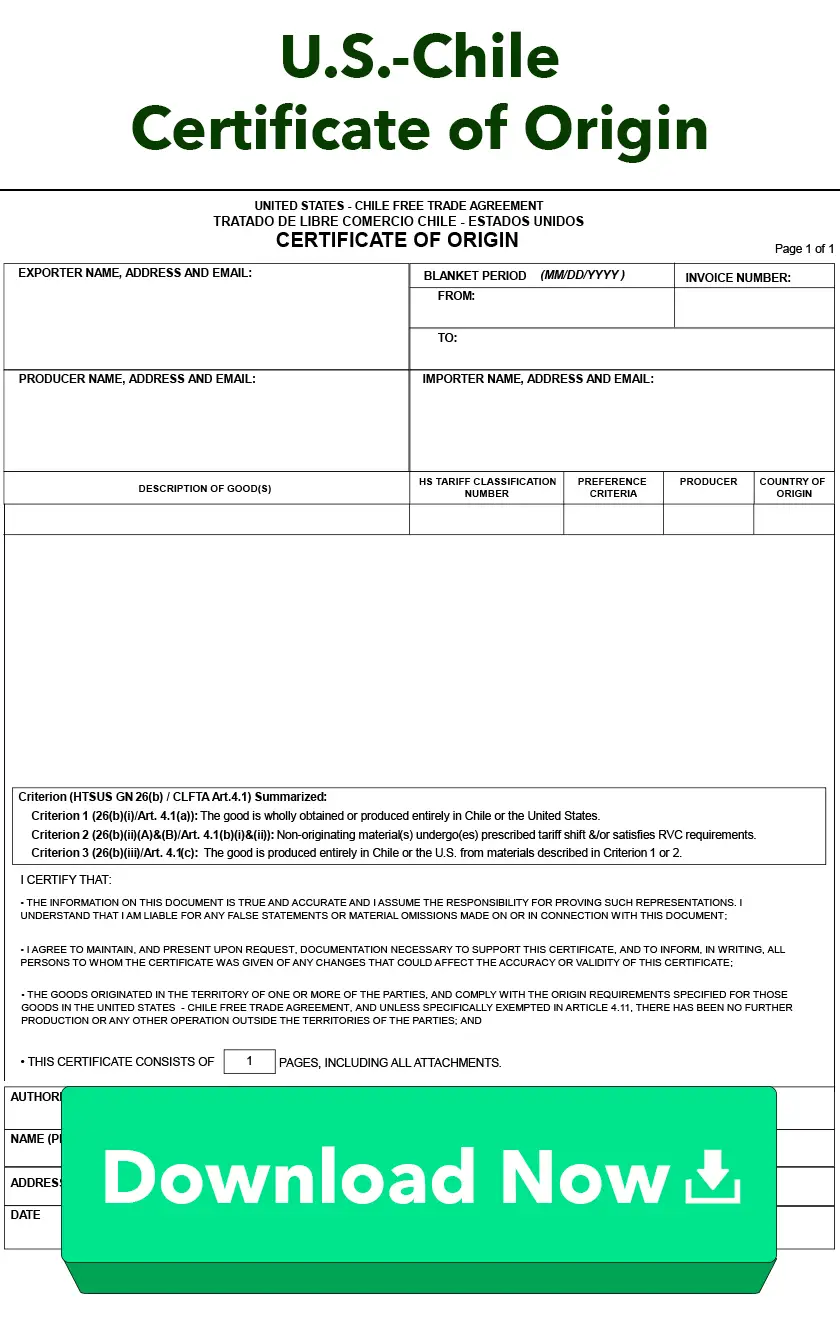
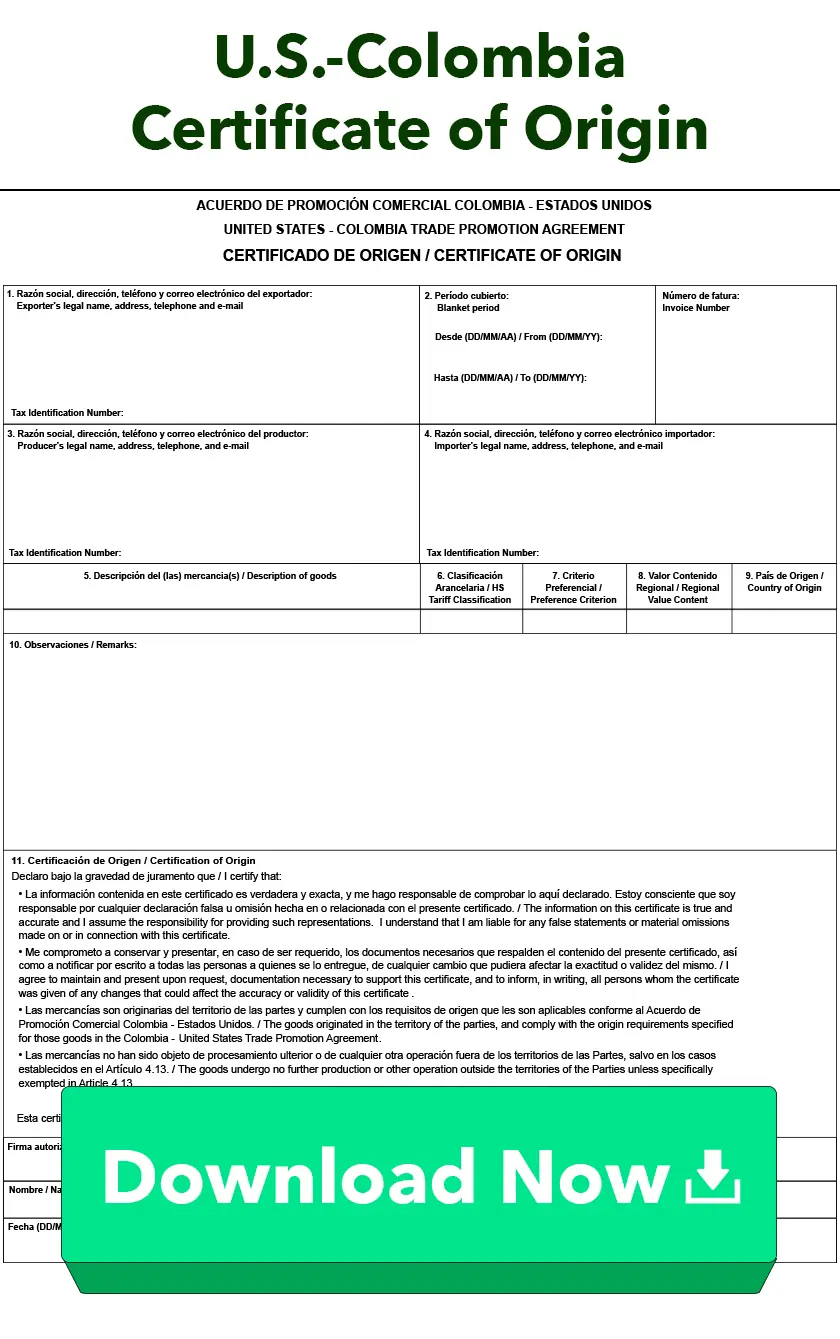
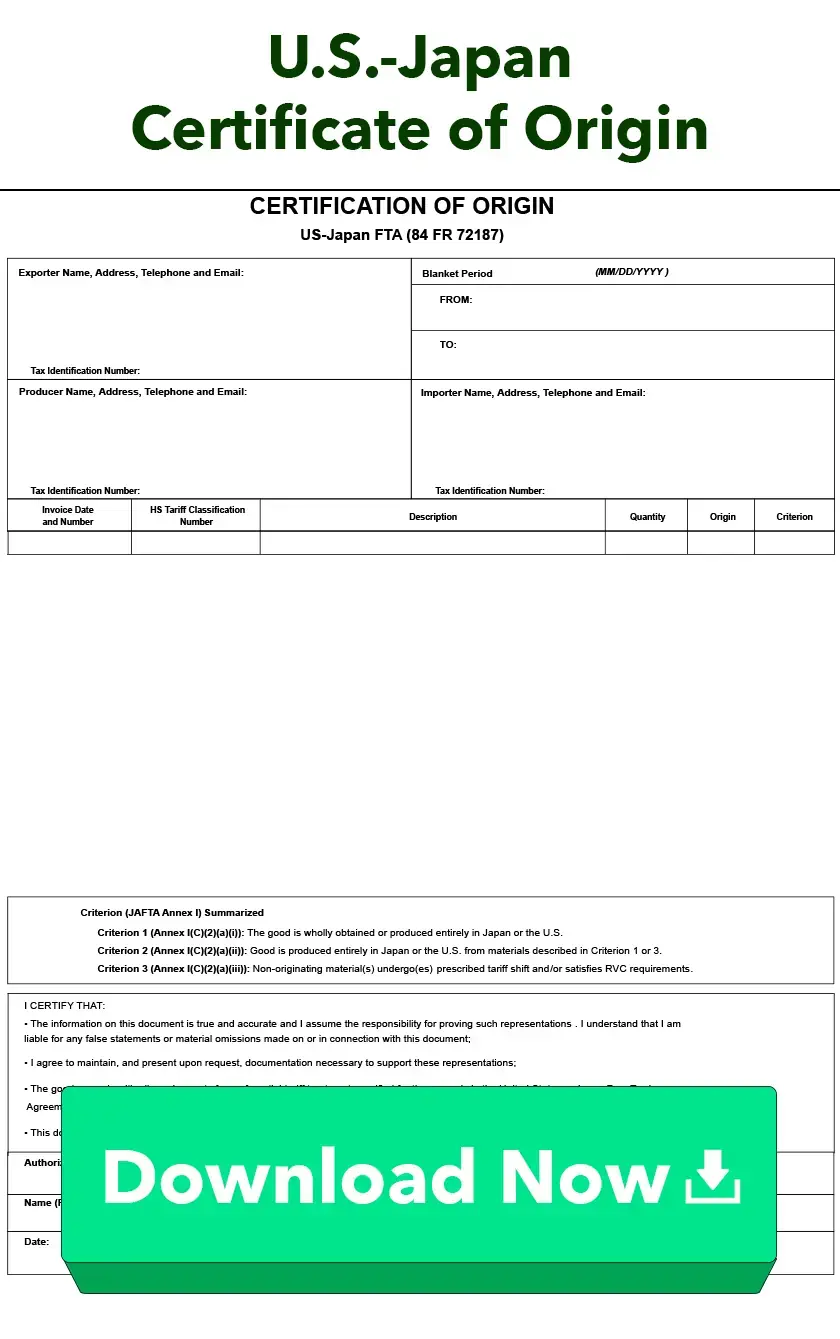
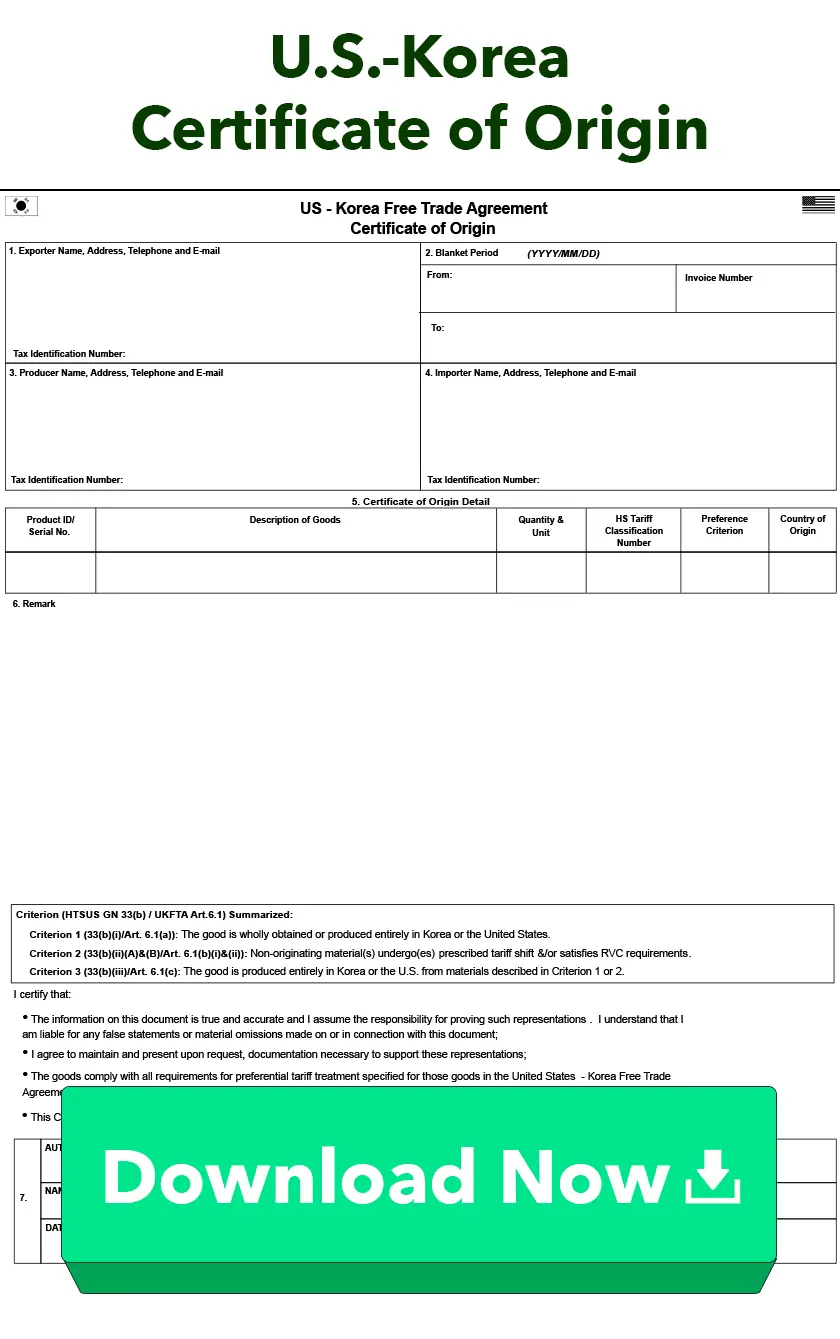
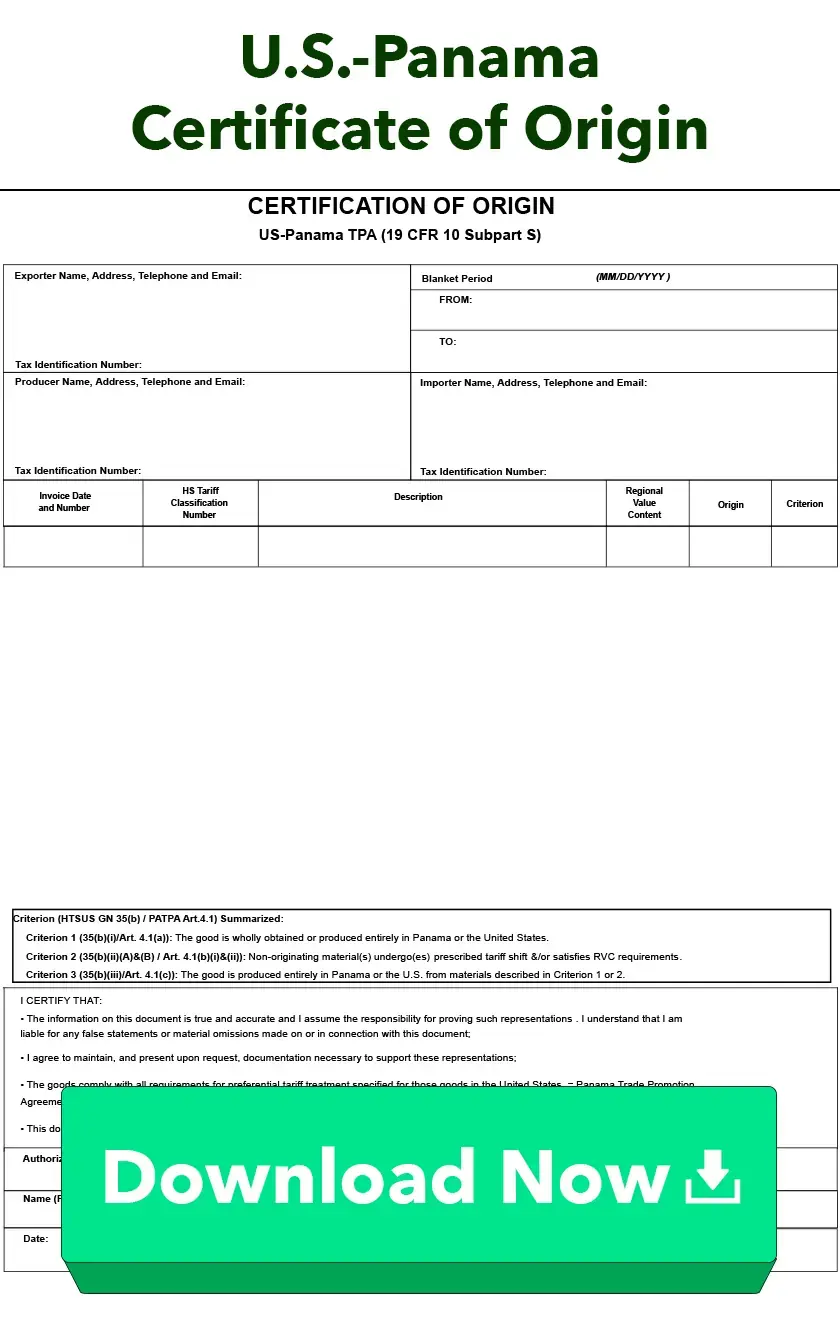
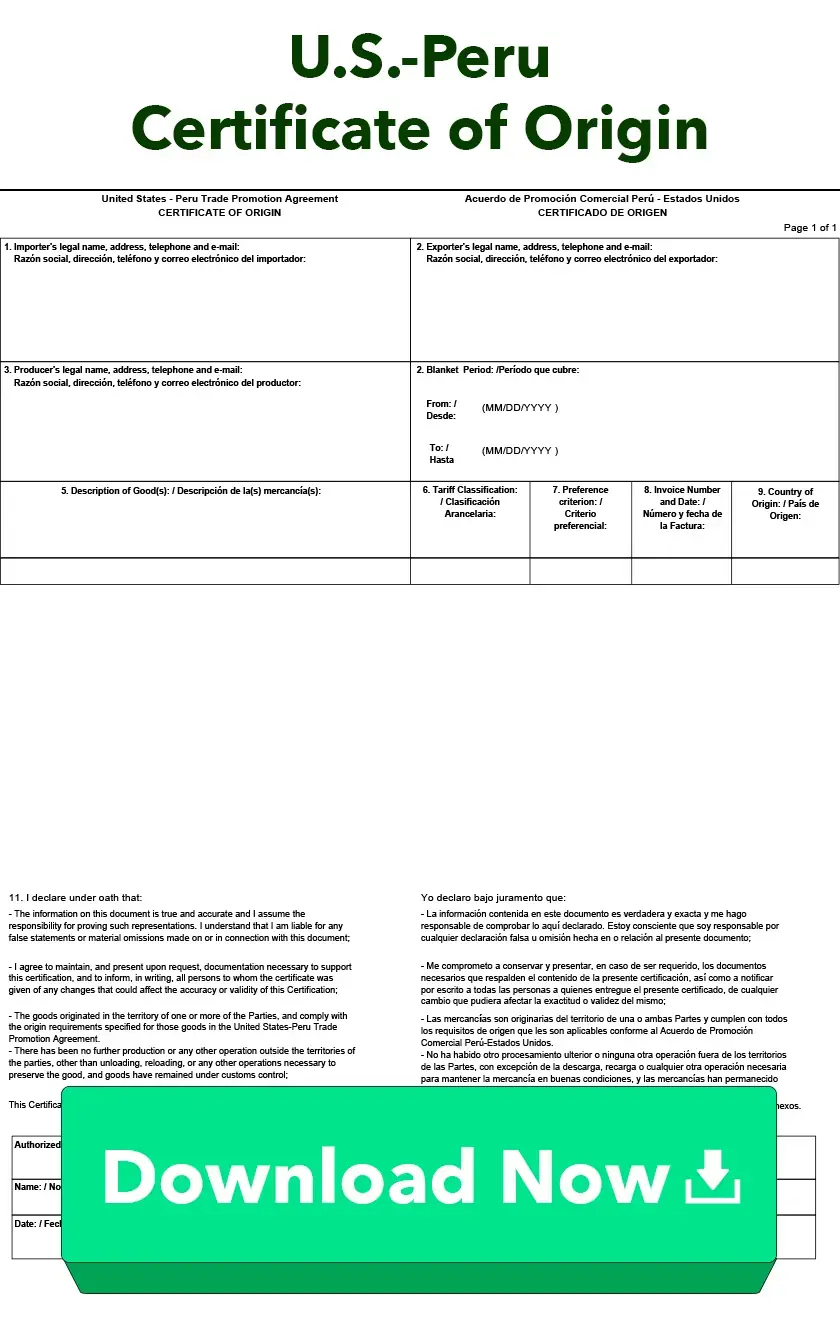
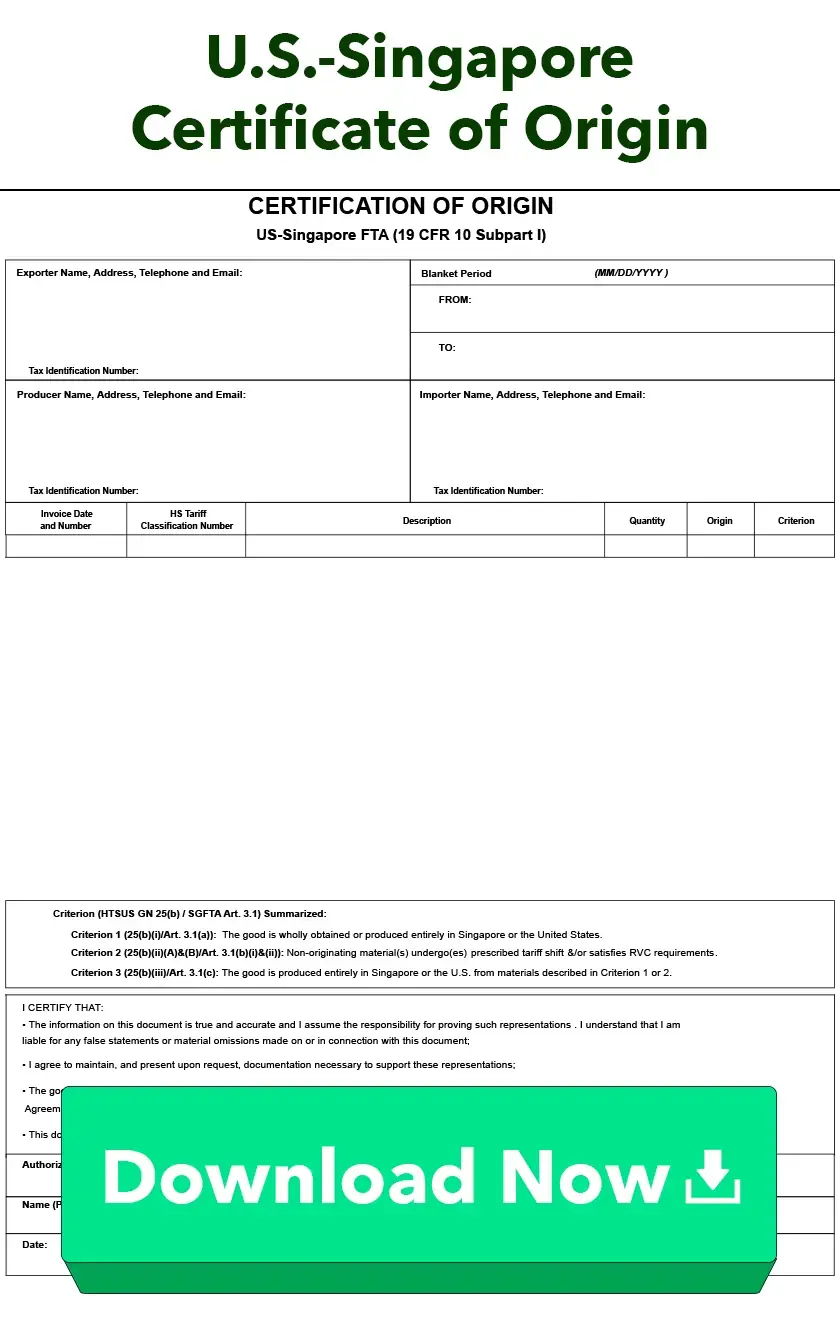
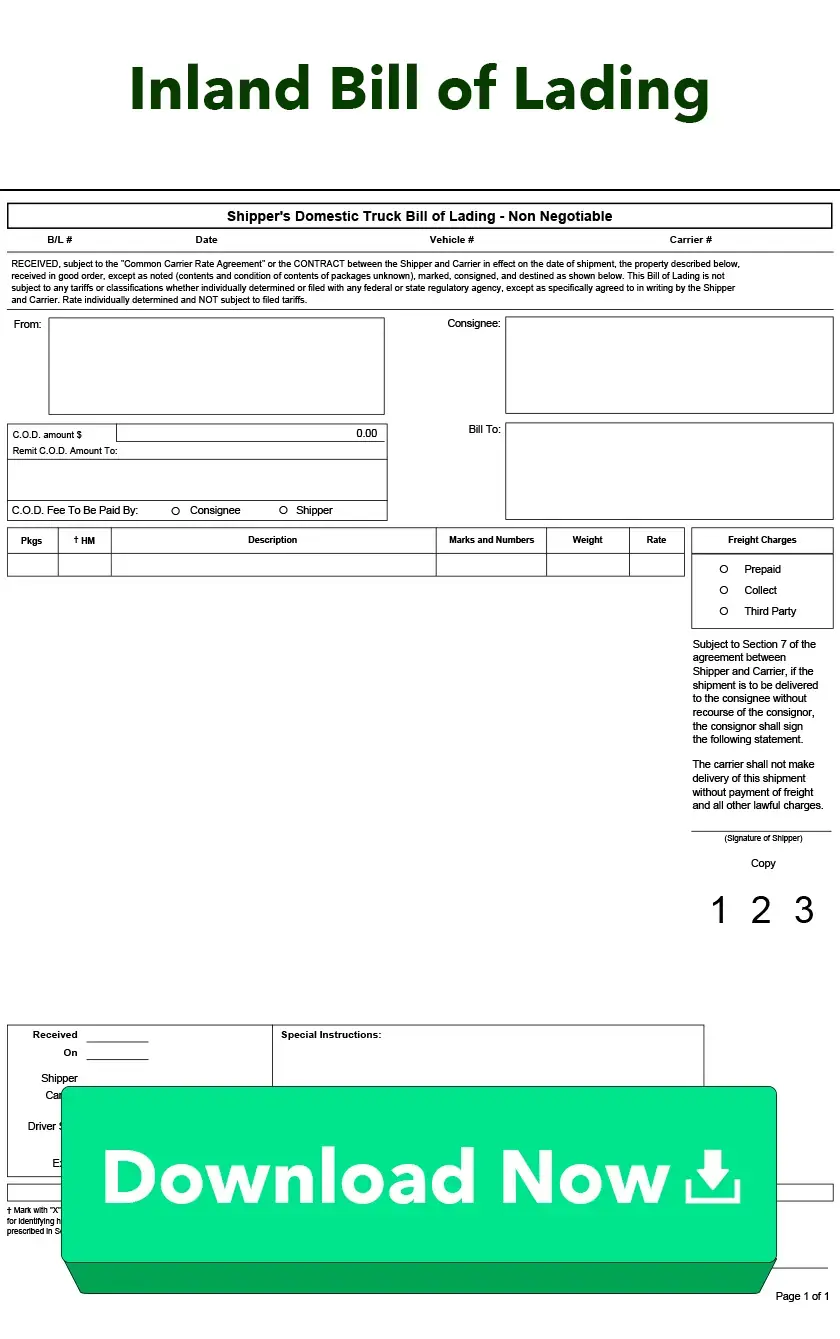
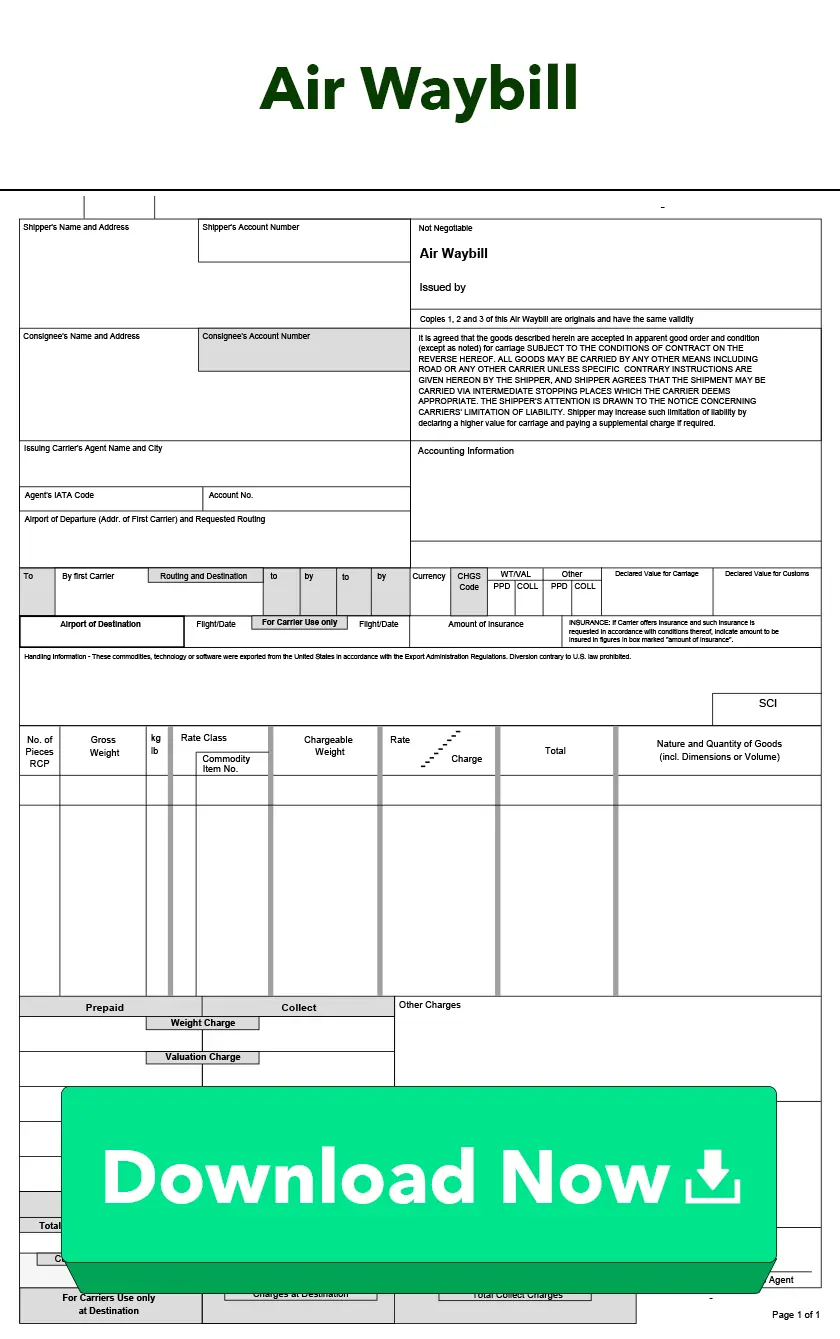
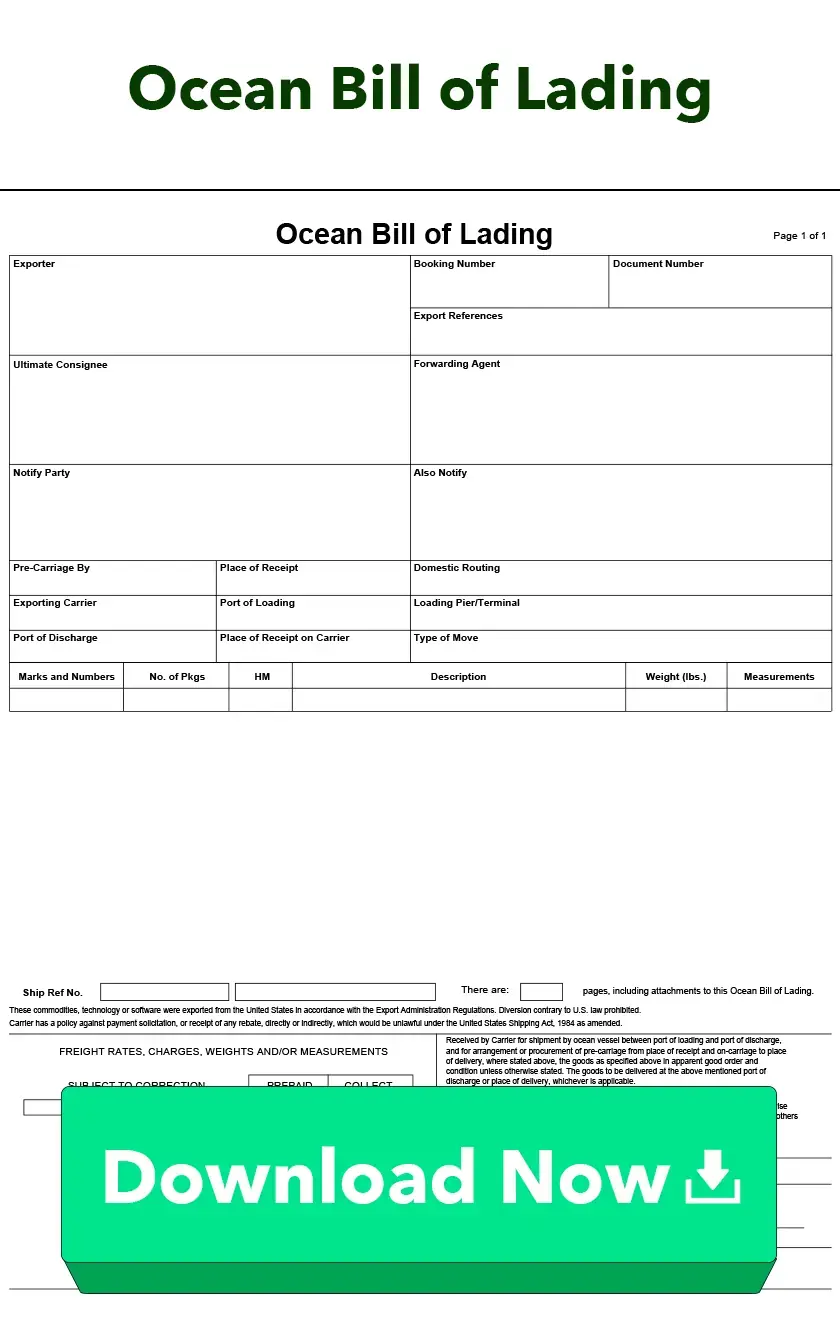
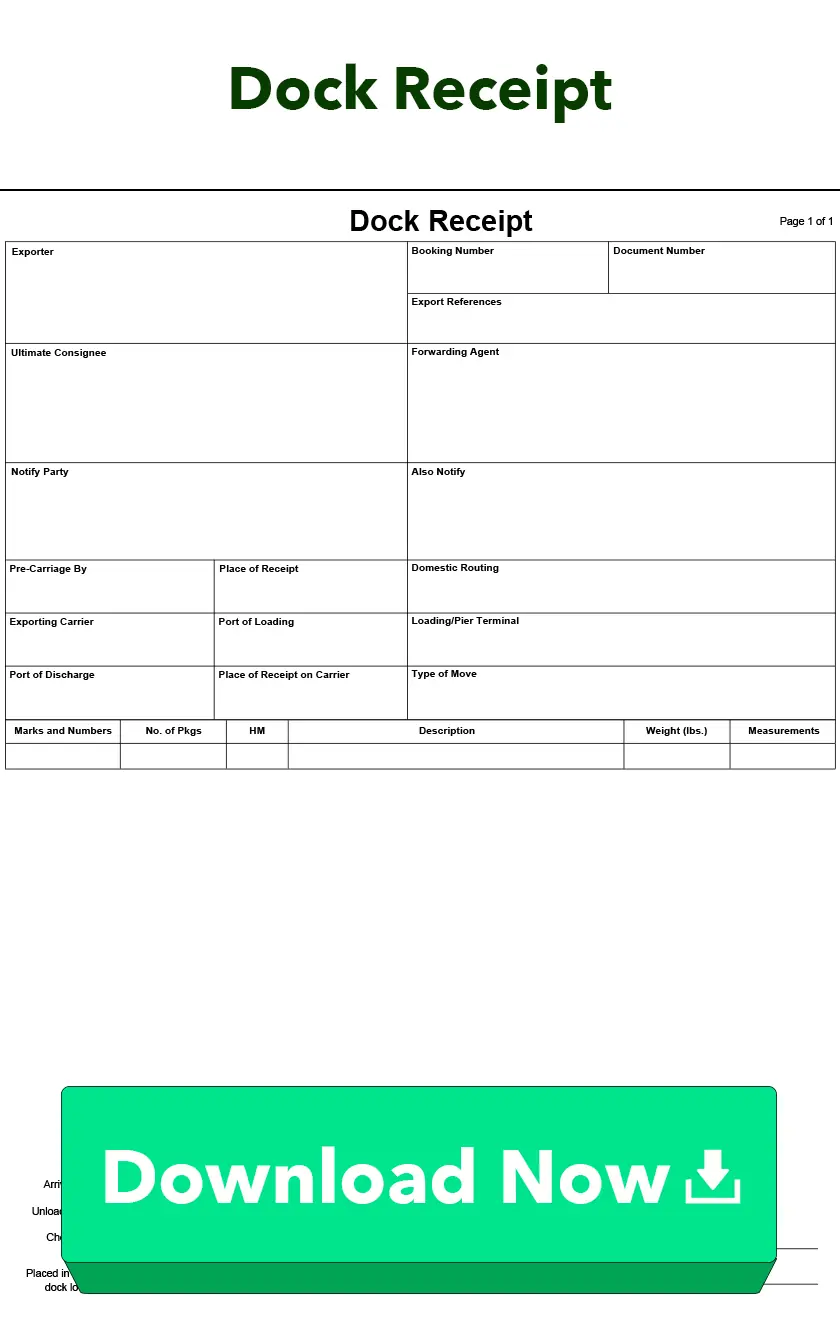
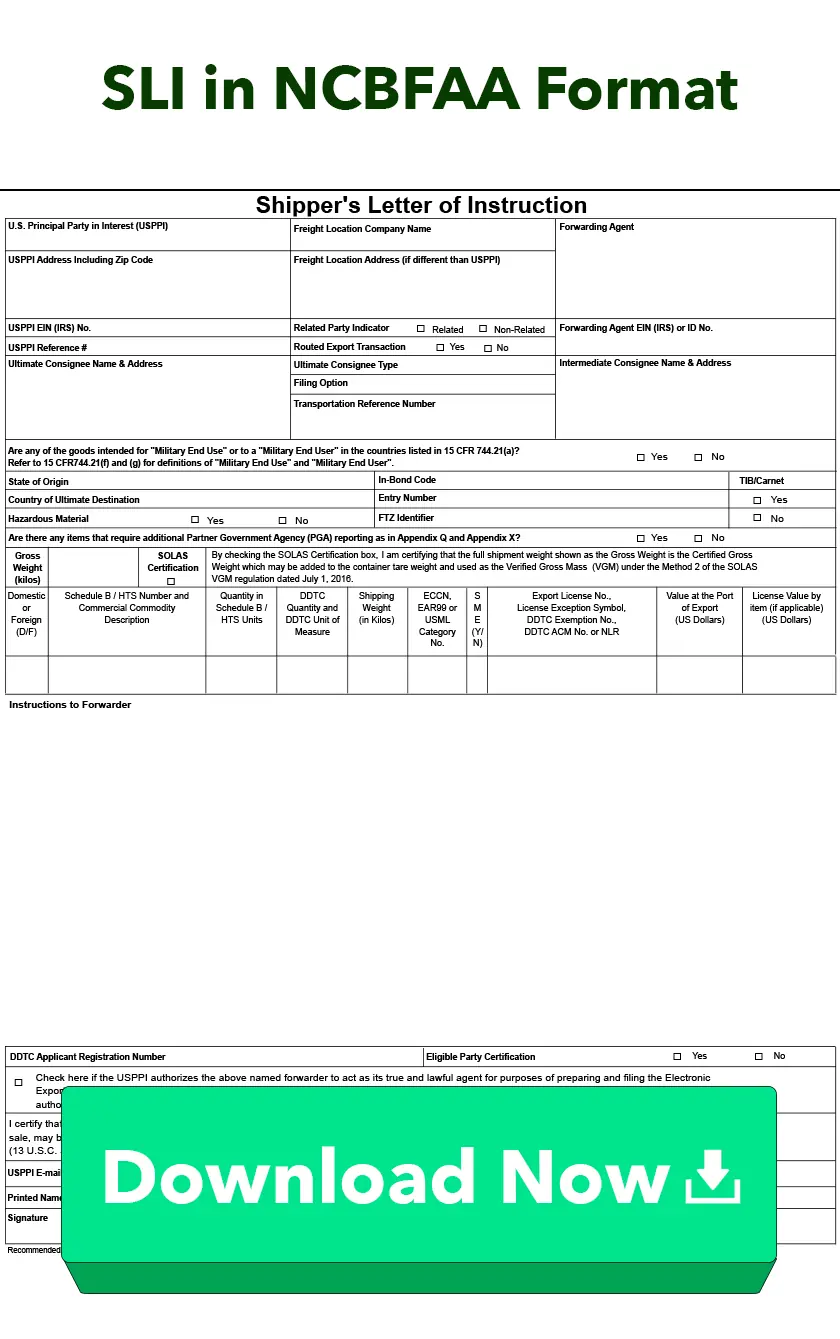
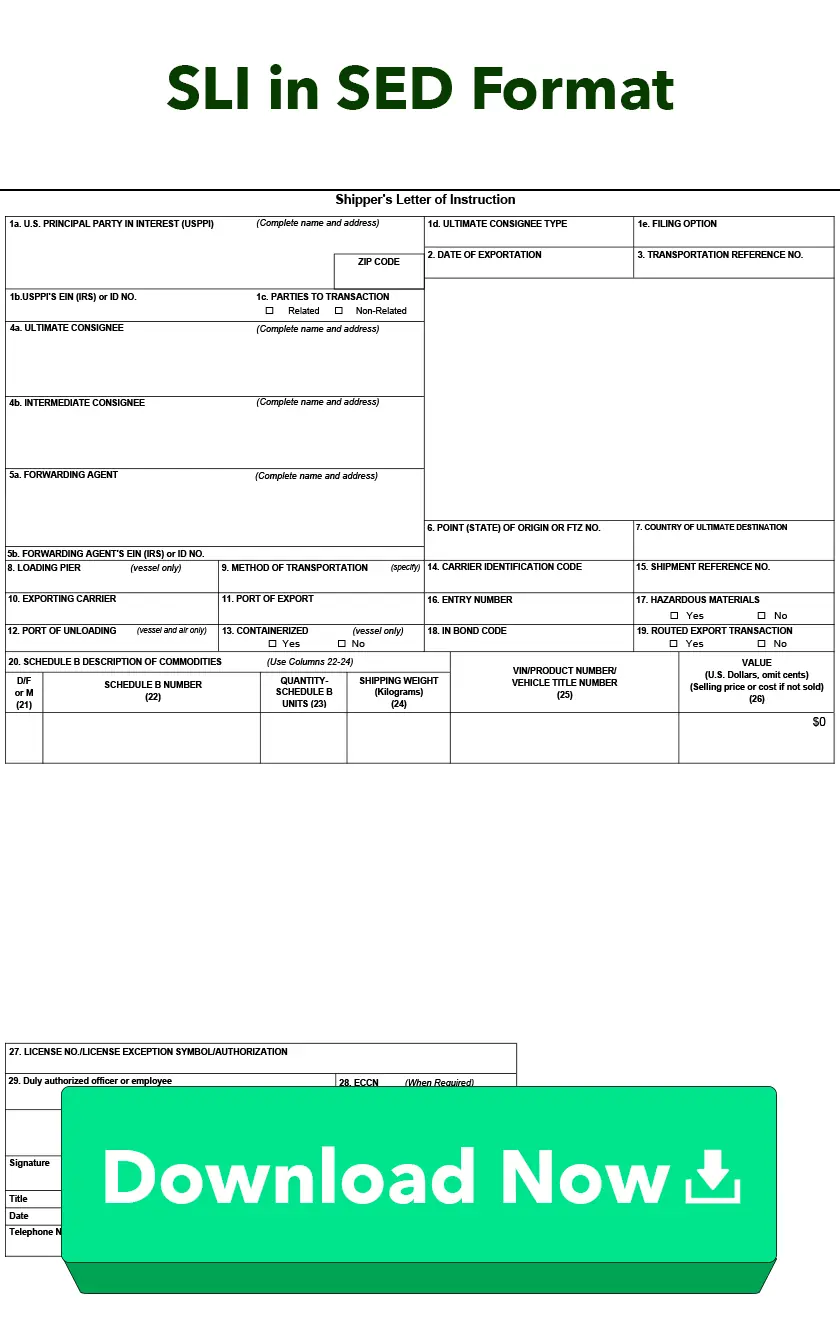
-20_101024.webp)
-24_101024.webp)
-25_101024.webp)
-27_101024.webp)
-28_101024.webp)
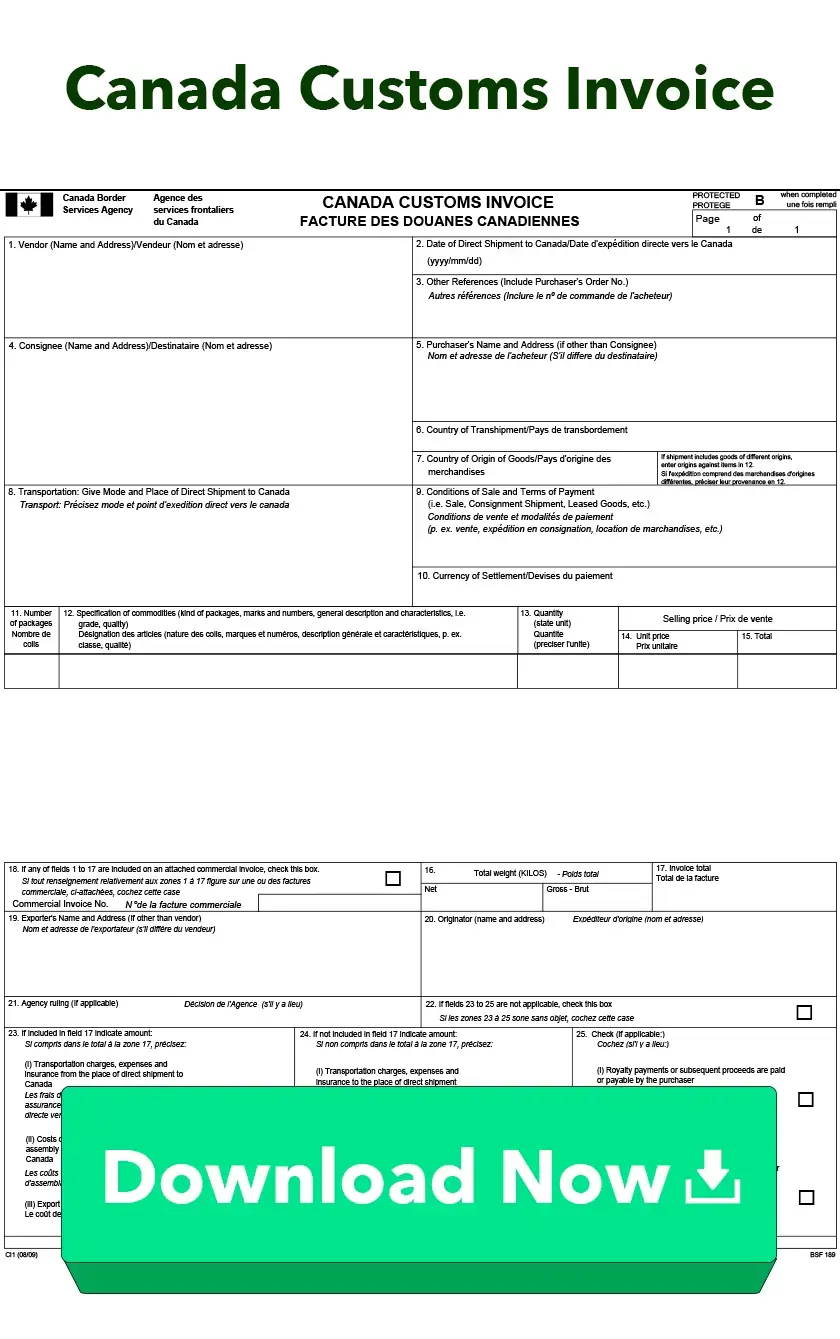
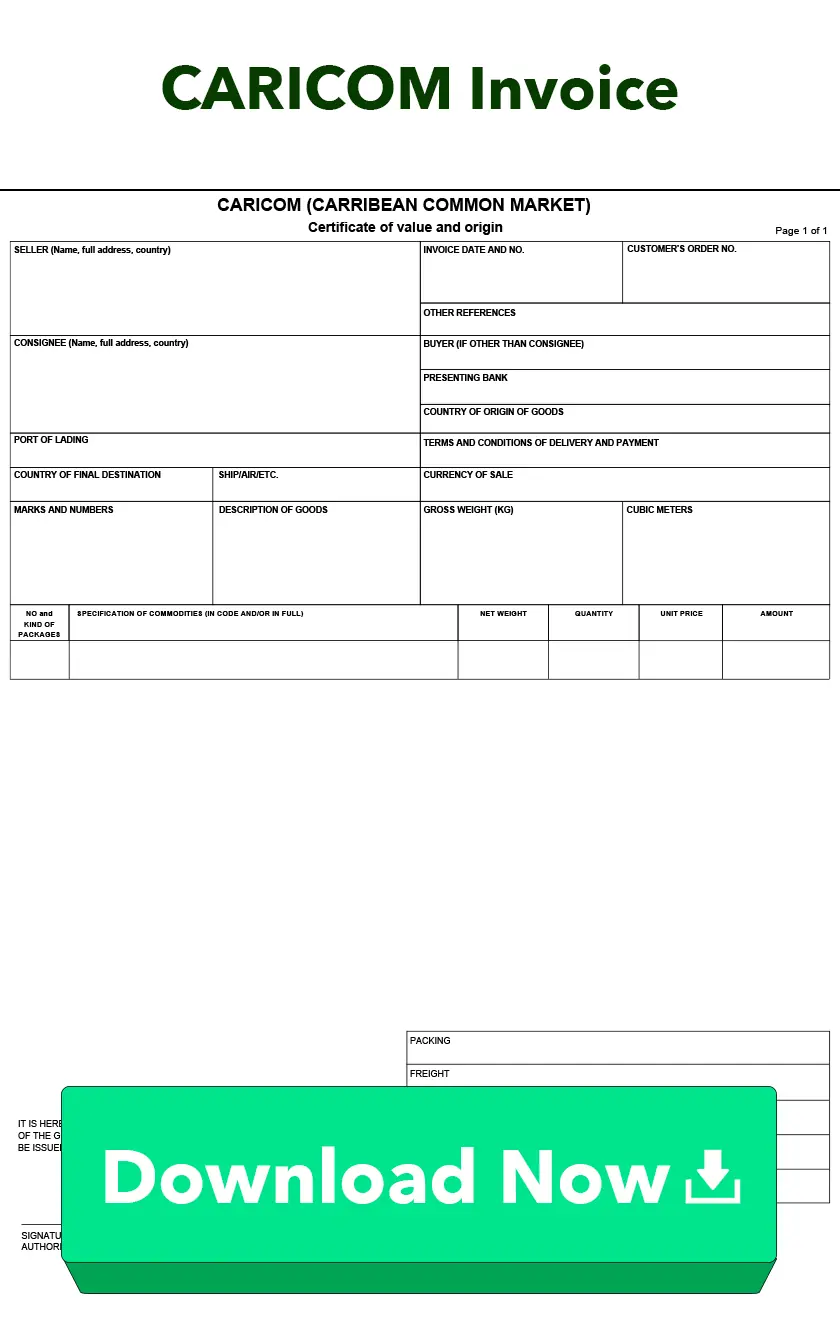
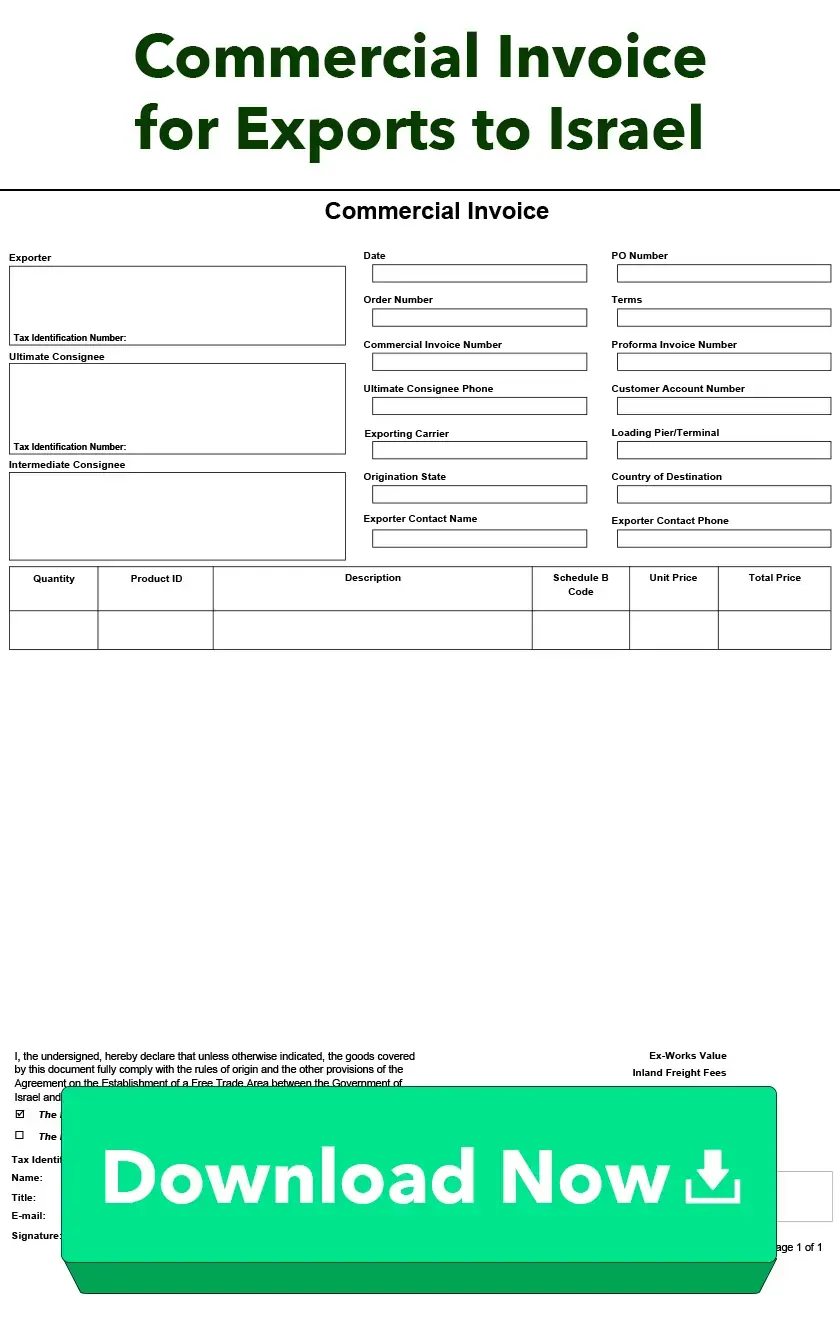
-32_101024.webp)
-33_101024.webp)
